Setting up the perfect home for your corn snake isn’t just about comfort—it’s key to their health and happiness. Start with a secure, escape-proof terrarium that’s at least 20 gallons for a juvenile and larger for adults. Maintain the right temperature gradient (warm side around 85°F, cool side about 75°F) and provide a cozy hide on each end. Substrates like aspen shavings or reptile-safe bedding keep things tidy and natural. Don’t forget a shallow water dish and a climbing branch or two—corn snakes love to explore! With just a bit of planning, you’ll have a habitat that helps your slithery friend truly thrive.
Choosing the Right Enclosure
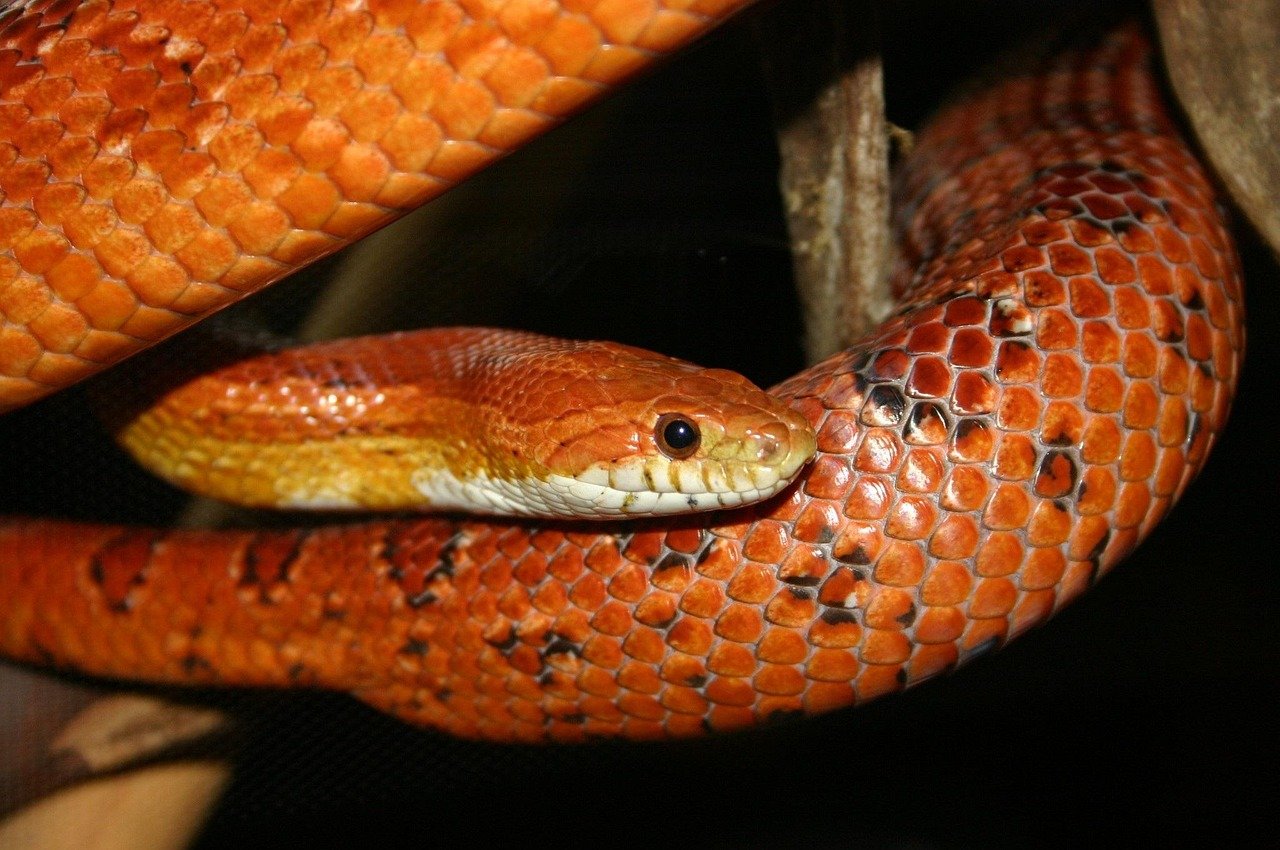
Selecting the right enclosure is the foundation of your corn snake’s comfort. Most people start with a glass terrarium or a secure plastic reptile tank. For young snakes, a 20-gallon long tank works well, but adult corn snakes need more room—think at least 40 gallons. The enclosure should be escape-proof, as these slender snakes are master escape artists. Make sure any lid or door closes tightly, and avoid enclosures with large holes or loose screens. The tank should also have enough height for climbing branches, but not so tall that your snake can fall and get hurt. A transparent tank lets you enjoy watching your snake, but make sure it’s not placed in a high-traffic, stressful area. Pick a spot away from direct sunlight and drafts to keep temperatures stable.
Substrate: The Foundation of Comfort
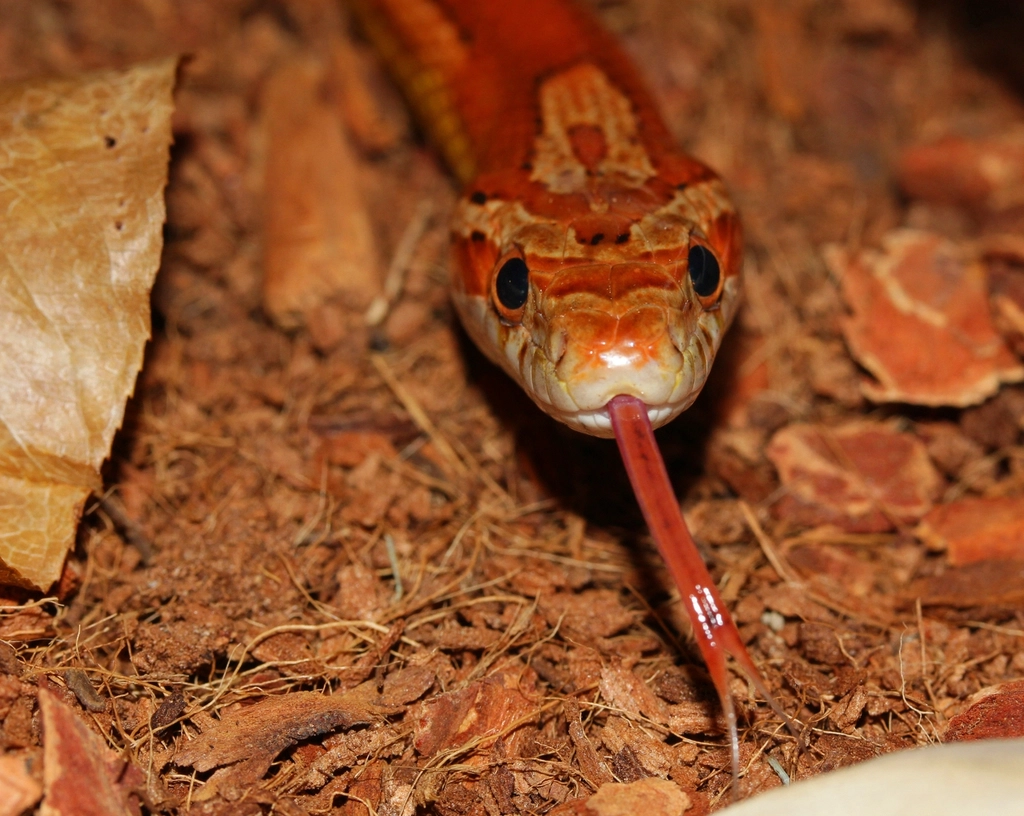
The substrate is what lines the bottom of the tank, and it plays a huge role in your snake’s well-being. Aspen shavings are a popular choice because they’re easy to burrow into and help control odor. Avoid cedar or pine shavings—these are dangerous for corn snakes. Paper towels or reptile carpet work if you want a simpler, low-dust option, especially for young or sick snakes. Change the substrate regularly to keep things clean and fresh. Depth matters, too: a couple of inches is perfect for burrowing. If you see your snake hiding under the substrate, don’t worry—that’s a sign they feel safe and cozy. Watch for mold or mites, as these can quickly turn a comfy home into a nightmare.
Safe and Stimulating Décor
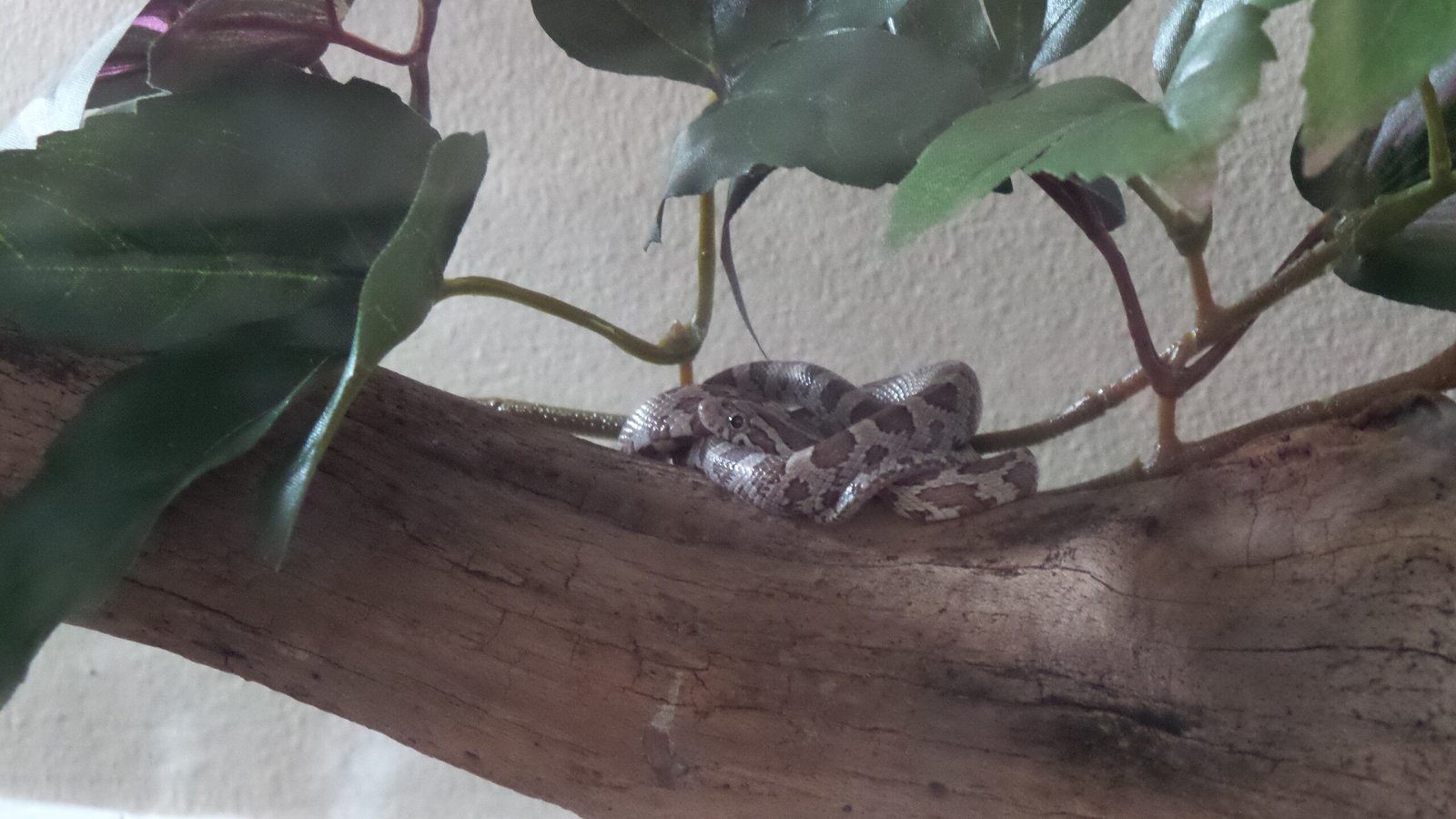
Your corn snake’s tank should be more than just a box—it’s their kingdom! Add branches, fake plants, and rocks to mimic their natural environment. These decorations aren’t just for show; they give your snake places to climb, explore, and hide. Hides are essential—at least two, one on the warm side and one on the cool side of the tank. Each hide should be snug enough for your snake to feel secure. You can use cave-like hides from pet stores or get creative with upside-down flowerpots. Just make sure everything is stable and can’t fall over. A bored snake is an unhappy snake, so mix things up and rearrange the décor from time to time.
Maintaining the Ideal Temperature Gradient
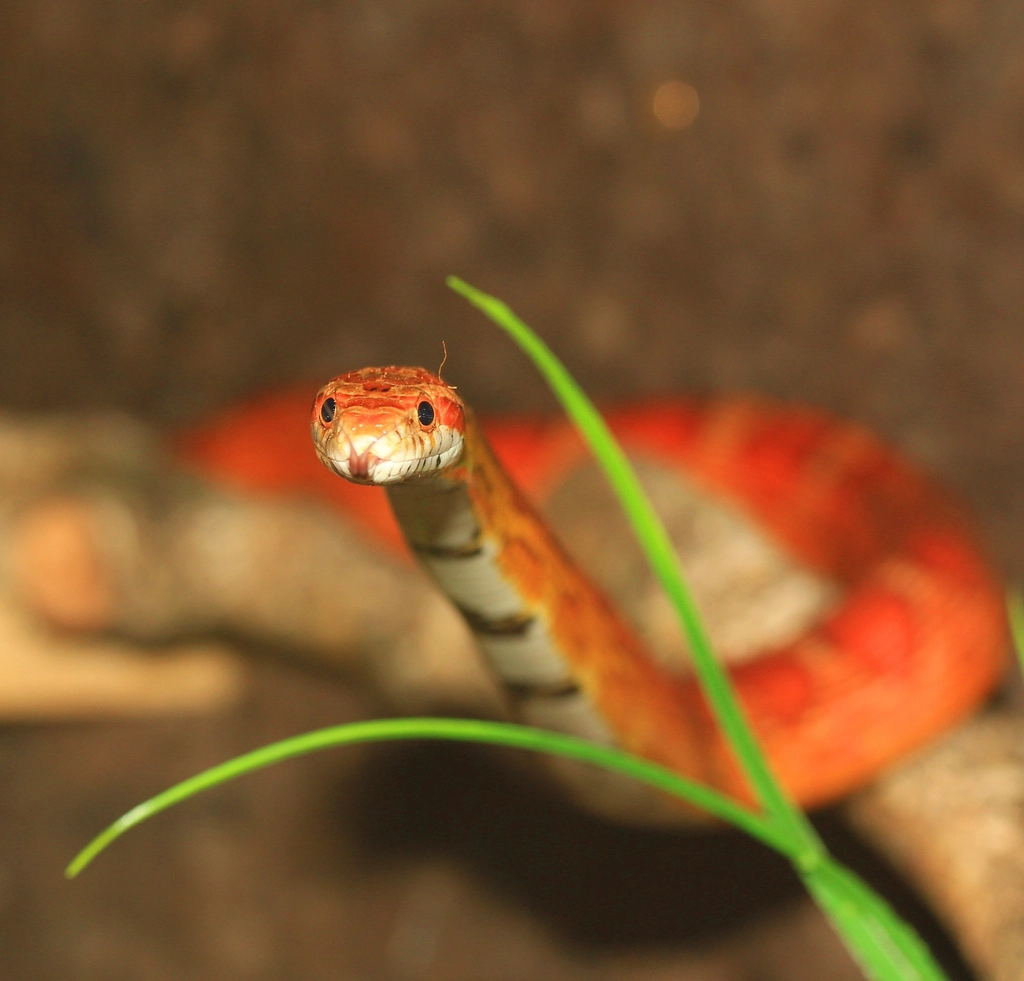
Temperature is everything for a corn snake. These reptiles can’t regulate their own body heat, so their habitat needs both a warm side and a cool side. Place a heat mat or ceramic heat emitter under one end of the tank to create a basking area around 85°F (29°C). The cooler end should stay closer to 75°F (24°C). Use digital thermometers on both ends to keep track. Never rely on “guesswork”—too hot or too cold, and your snake could get sick. Avoid heat rocks, as these can cause burns. At night, it’s okay if temperatures drop slightly, but keep things above 65°F (18°C). Think of it like having both a sunny spot and a shady corner in your snake’s world.
Humidity and Hydration

Corn snakes don’t need jungle-level humidity, but they do need a bit of moisture in the air. Aim for 40-60% humidity—just enough to help them shed their skin comfortably. You can use a hygrometer to check levels. If things get too dry, gently mist the enclosure or add a damp moss hide. Always provide a sturdy water bowl that’s big enough for your snake to soak in. Change the water daily to keep it clean and fresh. High humidity can lead to respiratory issues, so make sure the tank is well-ventilated. If you notice stuck shed, a quick soak or a humidity boost can help your snake slip out of its old skin with ease.
Lighting: Mimicking Day and Night
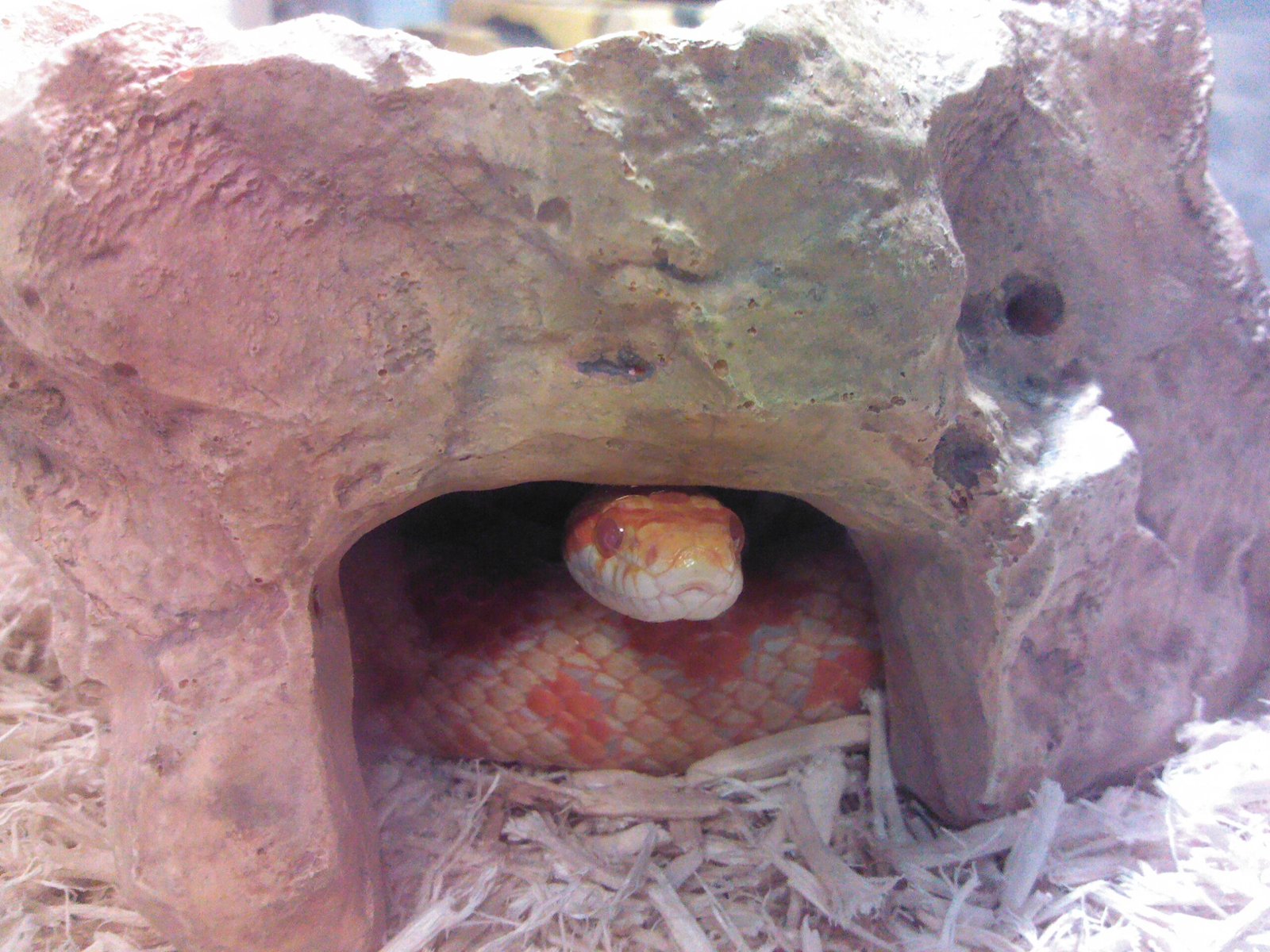
Corn snakes don’t require intense UVB lighting like some reptiles, but they do benefit from a regular day-night cycle. Use a simple LED or fluorescent bulb to provide about 12 hours of light and 12 hours of darkness. This helps regulate their natural rhythms and keeps them active and healthy. Avoid bright, glaring lights directly over the tank, as these can stress your snake. Instead, place the tank where it gets indirect light, or use a timer to make things automatic. If your room is naturally dark, a low-wattage bulb during the day is just right. Just like us, snakes appreciate a predictable routine.
Secure and Easy Access
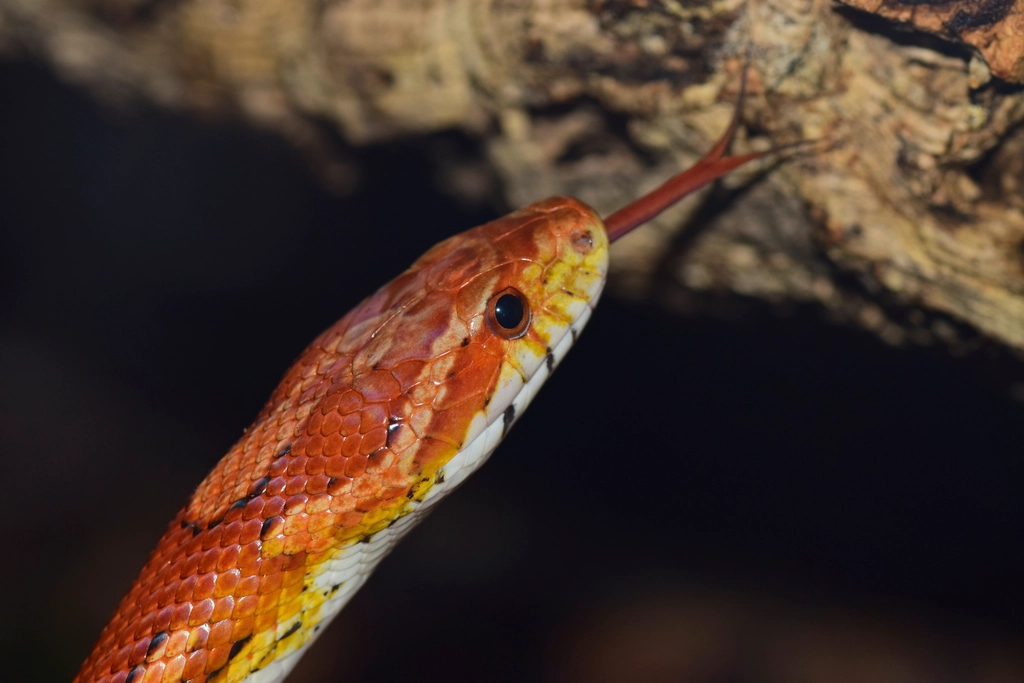
When it comes to handling and maintenance, easy access to the enclosure makes life so much better. Sliding doors or hinged lids make it simple to reach in for cleaning, feeding, or gentle handling. Secure all openings with clips or locks—corn snakes are notorious for squeezing through the tiniest gaps. Regularly check for wear and tear, especially on screens and seals. The easier it is for you to get in and out, the less stressful it is for your snake. Quick, gentle movements reduce the chance of startling your pet. If you have curious kids or other pets, make sure the enclosure is out of reach, safe, and secure.
Feeding and Enrichment
A happy corn snake is a well-fed snake, but their habitat also plays a big part in feeding time. Use a separate feeding box if you want to avoid substrate ingestion, or just feed in the enclosure for less stress. Place thawed, appropriately sized mice on tongs and gently offer them to your snake. Don’t leave uneaten food in the tank for long—it can attract pests or grow mold. For enrichment, sometimes hide the food in different parts of the enclosure to encourage natural hunting behaviors. Puzzle feeders and gentle rearrangement of décor can keep things interesting and mentally stimulating for your snake.
Cleaning and Maintenance Routine
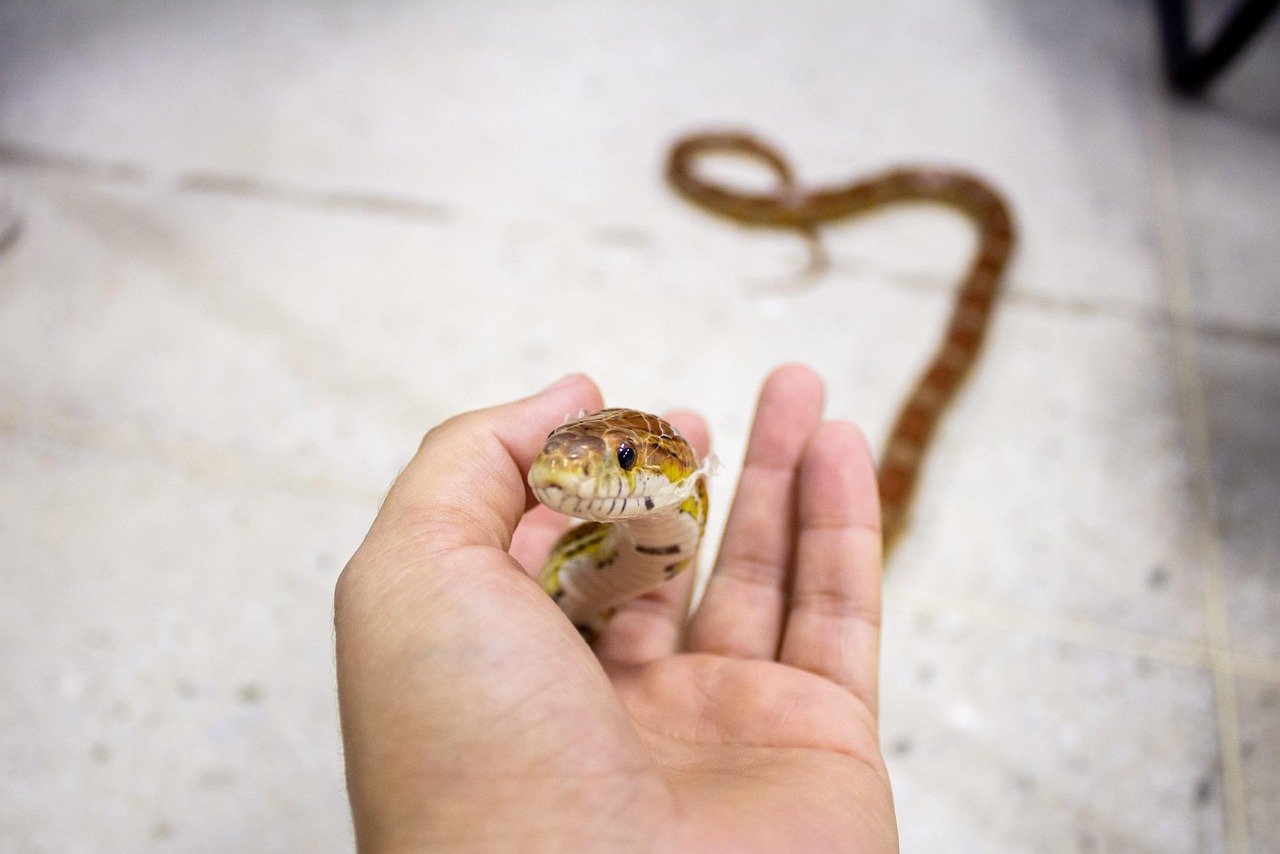
Keeping your corn snake’s home clean is key to their health and happiness. Spot-clean daily—remove waste and uneaten food quickly. Once a week, replace the water and tidy up any soiled substrate. Every month or so, do a deeper clean: remove your snake, take out all decorations, and scrub the enclosure with reptile-safe cleaner. Rinse everything well—no one likes a soapy aftertaste! Let the tank dry completely before setting it back up. Regular cleaning prevents odors, bacteria, and mites. Your snake will thank you with bright eyes and healthy skin.
Monitoring Your Corn Snake’s Health

A comfortable habitat makes it easier to spot any health problems early. Watch for changes in behavior—like hiding all the time, refusing food, or unusual shedding. Check your snake’s skin for injuries or mites, and look for clear, alert eyes. A healthy snake will move smoothly and have a rounded, not skinny or bloated, body. If you notice anything off, consult a reptile-savvy vet right away. Regular interaction helps you bond with your snake and notice subtle changes. Remember, a happy, healthy corn snake is active, curious, and full of personality.
Creating a cozy home for your corn snake doesn’t have to be complicated—just thoughtful. With the right mix of temperature, humidity, hiding spots, and a secure enclosure, your snake will feel safe and relaxed. A happy corn snake is an active, curious one, and a well-set habitat makes all the difference. So take a little time to set things up right, and your slithery companion will thrive for years to come!
Jen is a passionate nature lover and ocean conservationist. She has dedicated her life to protecting the environment and preserving the beauty of the natural world. Growing up in a small coastal town, Jen sincerely appreciated the ocean and its inhabitants. She has spent countless hours exploring the shoreline, learning about the creatures that inhabit the waters, and advocating for their protection. Jen is an active member of ocean conservation organizations, and she is committed to educating the public about the importance of conserving wildlife and the natural environment.





